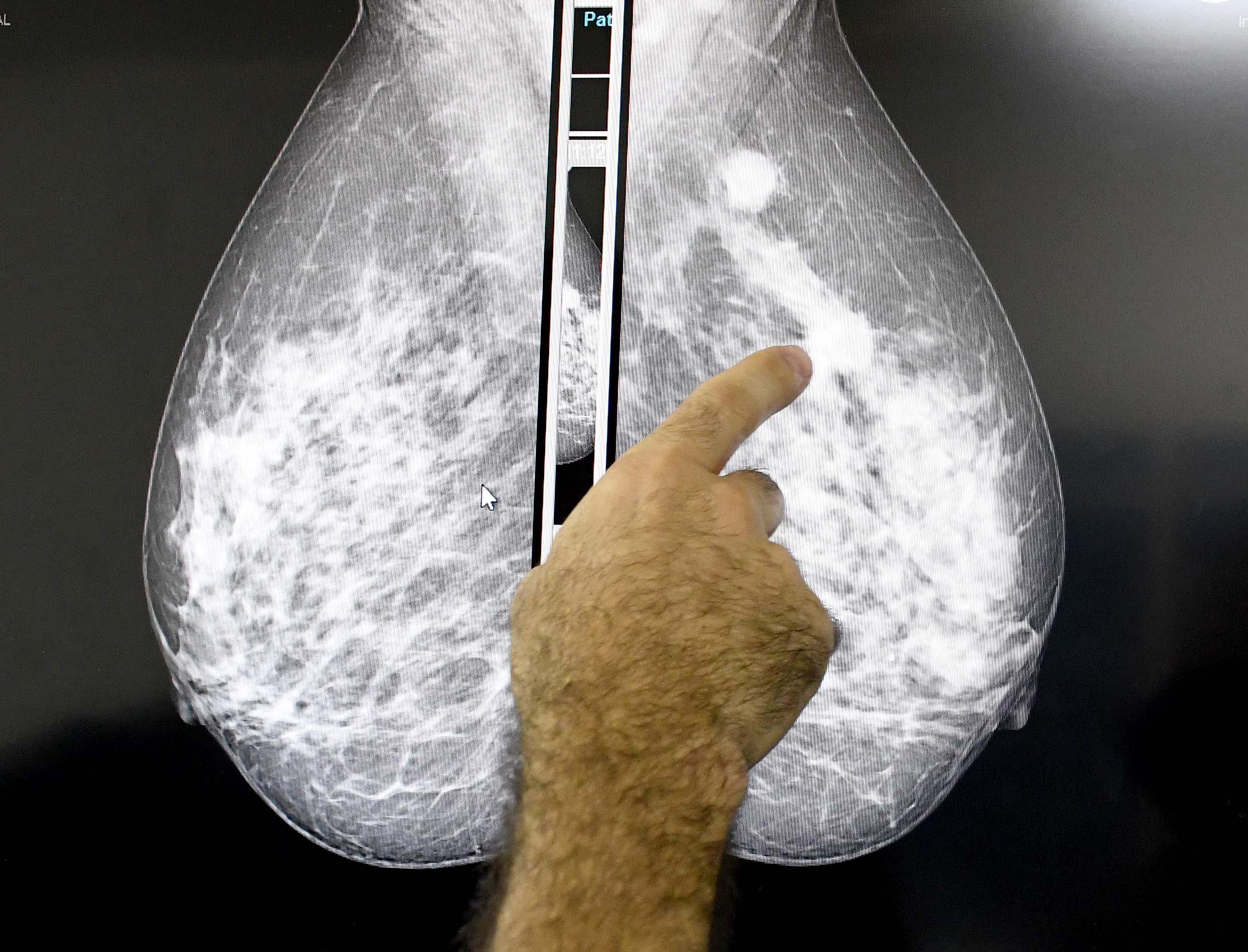
A breast scan Photo: Nasief Manie
Now a team of doctors at Groote Schuur Hospital’s breast cancer clinic have achieved remarkable results in the face of odds heavily stacked against them and their patients. Project Flamingo sponsored lists are also running at Tygerberg Hospital and Livingstone Hospital in Port Elizabeth. Each theatre list is operated on by the resident surgeons in their respective hospitals.Spotlight sat down with the team of three surgeons, Dr Francois Malherbe, Dr Liana Roodt and Dr Lydia Cairncross, and clinical oncologist Dr Tselane Thebe in the oncology wing of the hospital.
The earlier the better
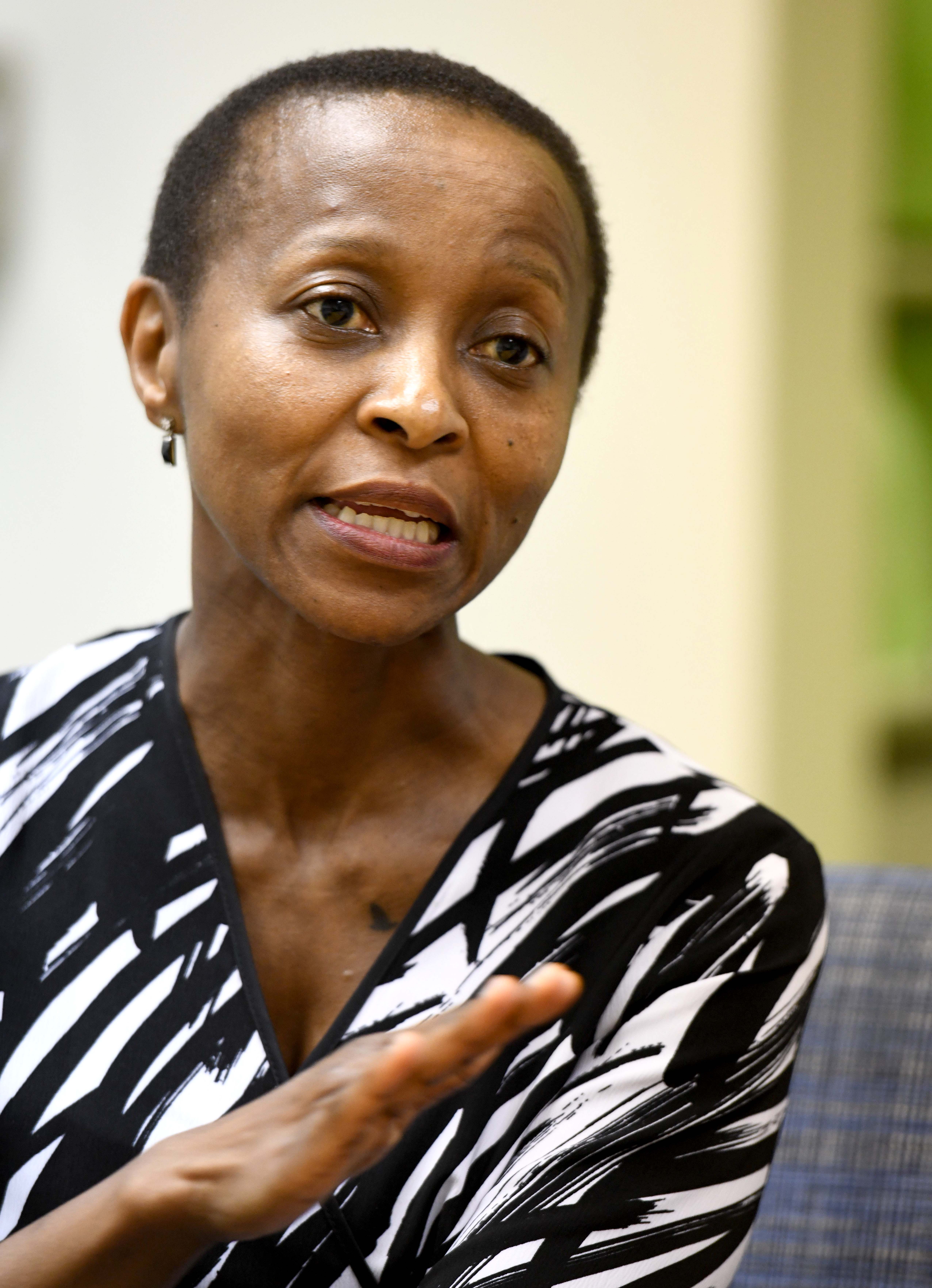
Dr Tselane Thebe Photo: Nasief Manie
In the fight against breast cancer, the earlier you detect and treat, the better your chances of survival will be. “It is growing while (the patient is) waiting,” says the soft-spoken Thebe.
“We know that for breast cancer treatment to be effective, early-stage presentation is important,” adds Cairncross, who is also the head of the Breast and Endocrine Unit at the clinic.
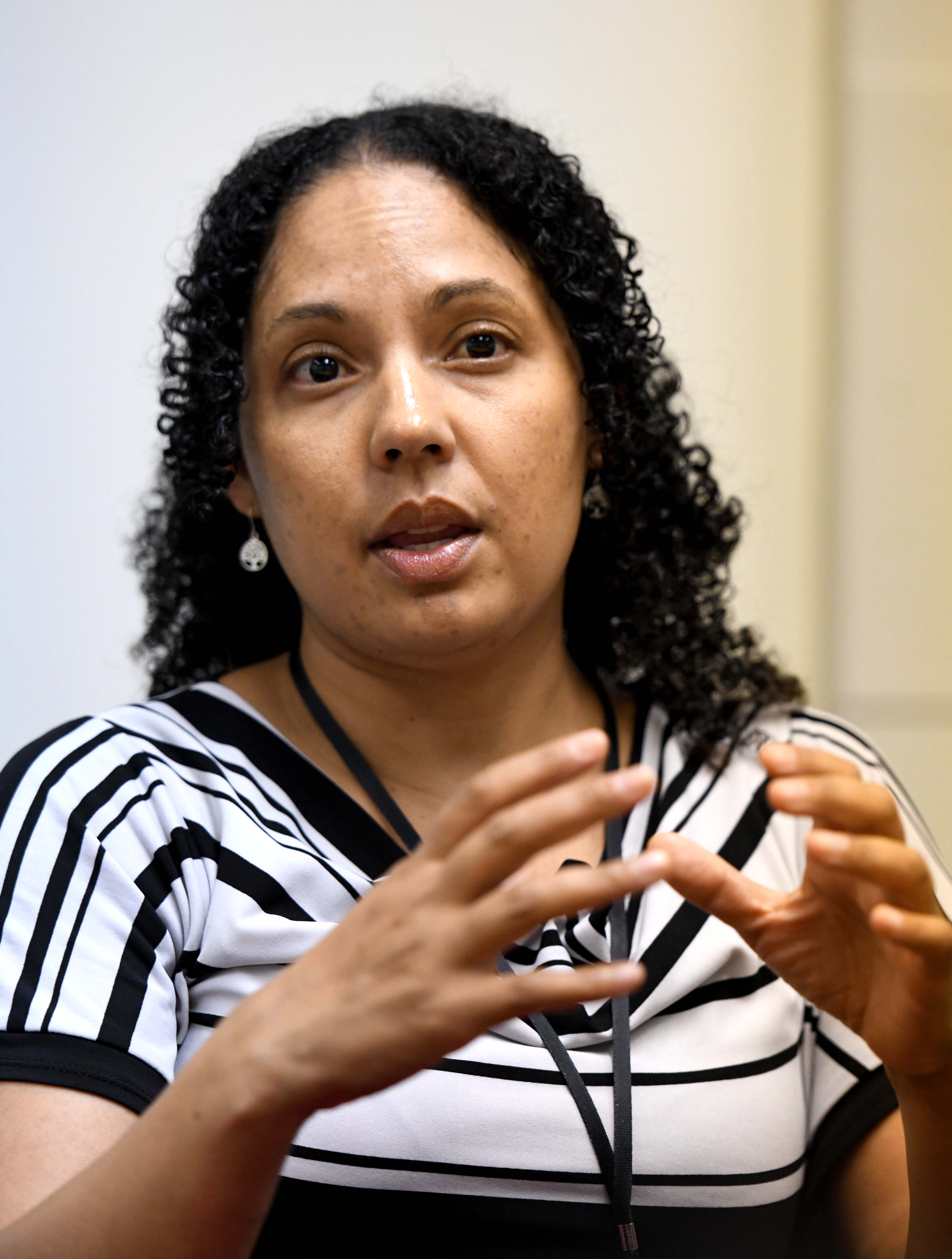
Dr Lydia Cairncross Photo: Nasief Manie
According to Cairncross, doctors in South Africa already have to contend with a large number of patients only being diagnosed when they are already at stage three or four breast cancer.
The National Cancer Institute classifies cancers using four stages, which refers to the extent of the cancer, such as how large the tumour is, and if it has spread. The higher the stage, the further progressed the cancer is. Once cancer reaches stage four, it has spread throughout the body.
Now combine delayed diagnosis with patients having to wait much longer to receive treatment because of a lack of resources, and you have a system that is failing.
Racing against time
“Once you start hitting the six-month waiting time (between diagnosis and surgery), you’re not curing cancer any more,” says Cairncross. “The ideal waiting time is four to six weeks.”
Patients are often faced with waiting periods up to six months due to facilities simply not having enough resources to accommodate them. This has a catastrophic effect on breast cancer patients. According to Cairncross the process of detecting and treating breast cancer is so interconnected that any bump in the road will negatively affect the whole process.
She draws a deep breath before continuing. “If any part of that system breaks down or is under-resourced, the whole treatment of the patient is affected. The pathway of breast cancer care needs an integrated resource plan so that we can address the full spectrum,” she says, emphasising the word “whole”.
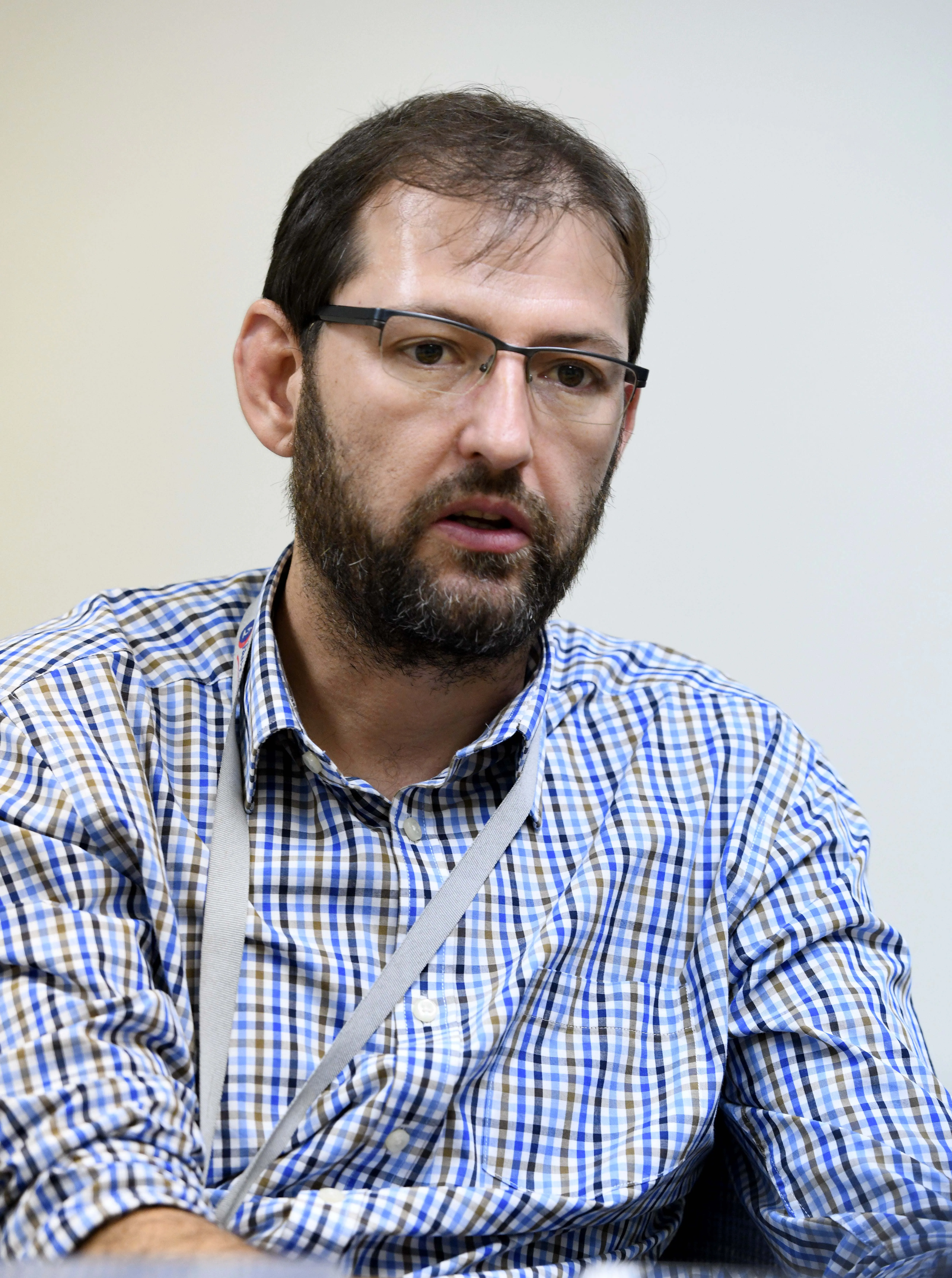
Dr Francois Malherbe Photo: Nasief Manie
Malherbe says just because the patient is waiting on treatment, doesn’t mean the cancer is slowing down.
“That cancer is doubling in size,” Malherbe says, his voice rising as he speaks. “For a patient with a 2/3-centimetre lump in their breast, it will be 6 centimetres if they get their surgery in six months.”
According to Thebe, waiting times also impact further treatment, such as chemotherapy.
“With cancer care we actually work within a certain time frame. Once the surgery is done, treatment has to be completed within a certain period of time.
“We only have X-number of machines, and we can only treat a certain number of patients at a given time. It just creates this snowball (effect),” Thebe explains, gesturing in a circular motion. “We have to follow up on those patients at the end of their treatment, for at least a minimum of five years. So, you have this ballooning number at the end of each year.”
Growing numbers
In Groote Schuur’s clinic alone, the number of new cancer patients has nearly doubled in the last 18 years.
A chapter written by the members of the Breast Cancer Clinic team for the 2019 edition of the South African Health Review (SAHR) states that Groote Schuur Hospital saw a significant rise in patient numbers between 1999 and 2017.
In 1999 the hospital served 320 newly diagnosed breast cancer patients. By 2017 this number had almost doubled to 608. According to 2014 figures of the National Cancer Registry, around one in 27 women in South Africa will get breast cancer in their lifetime.
“It (the number of patients) keeps growing, but it’s the same number of clinicians, same number of nurses and the same area, the same clinic has to cater for those individuals as well,” says Thebe, stressing the misalignment between rising numbers and resources that do not keep up.
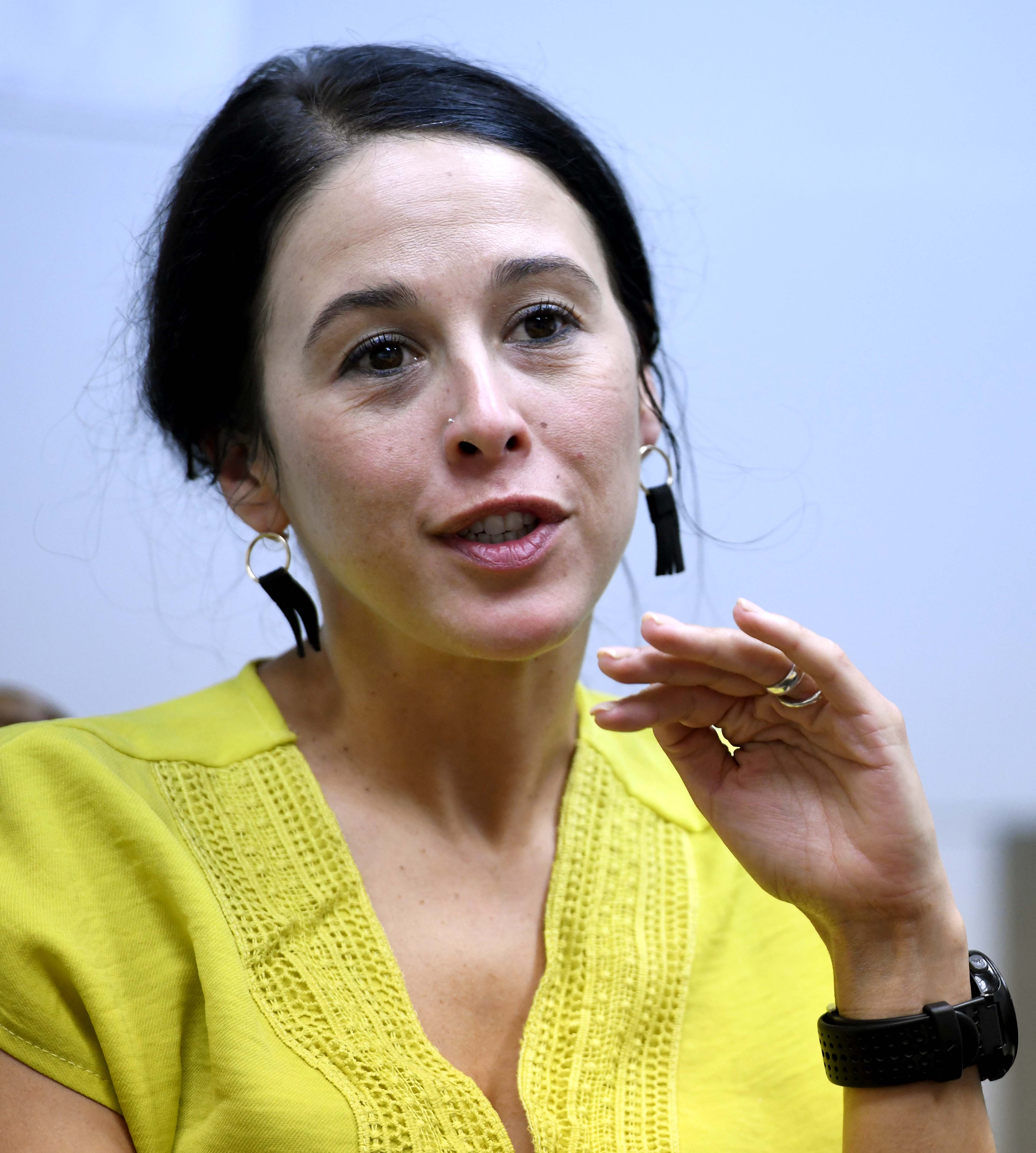
Dr Liana Roodt Photo: Nasief Manie
Roodt speaks about her experience 10 years before when she was newly qualified as a medical officer and saw how the waiting times had increased since her time as an intern.
“In a matter of two years from the time I left as an intern and came back as a medical officer, it (the waiting time) had quite obviously worsened,” says Roodt.
For Thebe the worsening situation has affected her on a personal level. She had to observe the dysfunction in the system, not just as a doctor but as a family member.
Her voice grows softer as she speaks.
“I have family members who had the disease. I’ve gone through the journey in a system that is not functional. And the experience that I’ve had is that when the system does not function it is catastrophic, not just for individuals but for families.”
The Groote Schuur plan
Experiences like these have motivated the Groote Schuur team to come together and make a plan.
“We have a similar focus that’s patient care and patient-centred. It’s not about the individual. We don’t really look at who is doing what, we just pool it (resources) together. That’s what makes the teamwork,” Thebe says proudly.
In the chapter they wrote for the SAHR the team identified four critical elements to the project’s success. These include partnering with two Non-Profit Organisations (NGOs) to add to their pool of resources, setting up a satellite breast cancer clinic in Mitchells Plain and creating a virtual “telephone clinic”.
But how has this changed things for patients?
Consider this scenario.
One morning a woman notices a lump in her breast. If she is dependent on the public health sector and lives in an area serviced by Groote Schuur hospital, then she can go to its breast cancer clinic.
On any Friday she is able to walk in without an appointment, where she is likely to be one of over a hundred patients.
According to Cairncross they see between 120 and 160 patients every Friday.
Malherbe then elaborates on Groote Schuur’s process.
“We’ve got an open access clinic, so you can be seen by your local GP or your clinic on a Monday and you can come to us on a Friday. So, there are no bookings made for our clinic. That is to try and keep the access time or the diagnostic time or the delay to diagnosis as short as possible,” he says.
In 2014 the satellite clinic at Mitchells Plain was created to help keep the number at Groote Schuur on a manageable level, and to provide some patients with breast cancer services that are closer to their homes.
“It sees about 400 patients a year, which is 400 that would have come to our clinic. A number of breast cancer diagnoses are made there,” says Cairncross.
Now back to Groote Schuur. The woman will be seen by a doctor who will either rule out breast cancer or send her for more tests, which includes a mammogram or a biopsy.
Equipment shortage
When it comes to mammograms, there is a significant shortage of equipment in the public sector, and Groote Schuur is no exception.
In 2011 the team partnered with the NGO PinkDrive which had its own mammogram machine.
“We partnered with PinkDrive for a long time and I think it kept the service going. We would have struggled otherwise, but it’s not a sustainable solution,” says Cairncross. She adds that it isn’t sustainable because an NGO can leave such a partnership at any time for any number of reasons. This could have obvious negative consequences.
Meanwhile, the patient at Groote Schuur is seen by a doctor. If doctors find this woman has a low risk for breast cancer, she is given a date for a mammogram, as well as a date and time where she will receive a telephone call to share her results.
This is part of a service provided by the so-called virtual telephone clinic that was part of a drive to reduce the number of patients who need to come back to the clinic simply to get their test results.
“One of the things that we are trying to do with the telephone clinic is that we are trying to reduce the number of physical visits that patients have to make to the hospital,” says Cairncross. “It’s taken about 50-60 patients out of our clinic every week.”
So far it has been very successful.
“A very high percentage of patients have been reached,” says Roodt. “In fact, more (have been reached) by the telephone clinic than would have returned for a follow-up visit… it’s more than an 80% contact rate.”
In the case where the doctors suspect cancer, the woman has to come back to the clinic for her results. If the mammogram and biopsy confirm breast cancer, the woman will be given a date for surgery. From here it is vital that she receives surgery as soon as possible.
How surgery waiting times were reduced
The waiting times for surgery have been decreased by partnering with Project Flamingo, an NGO started by Roodt. It works on what the team calls “catch-up lists”, where breast cancer surgeries are scheduled on weekends or public holidays. Project Flamingo helps to raise funds to cover the costs of running the theatres and paying the staff who volunteer.
“Groote Schuur has about 19 theatres. Over a weekend and public holidays, only four theatres are utilised, for emergencies. The premise from which we worked was that we can use those theatres when they are standing empty,” Roodt explains.
Project Flamingo lists are also running at Tygerberg Hospital and Livingstone Hospital in Port Elizabeth. Each list is headed by one of the surgeons from the Groote Schuur team.
Cairncross adds: “Twenty percent of our breast cancer surgeries are done on the Flamingo lists over the weekends. It has taken down our waiting time, which would have been about 20 weeks to between 10 and 12 weeks.”
Without the lists, the waiting times would increase substantially.
“If I don’t do a single Flamingo list this year, by next year my waiting times would increase from three months to six months,” says Malherbe. “The year after that it goes from six to nine months. We have no way of pulling it (the waiting times) back. It will just escalate.”
Running out of options
However, despite these triumphs, the team is running out of options.
Malherbe doesn’t sugar-coat the situation.
“We’ve pretty much ‘jimmied’ the system as much as possible at the moment. We are reaching breaking point.” He throws his hands up. “If we see another 100 to 150 extra patients next year, everything is going to fall apart… We’re running on the knife-edge.”
According to Roodt the number of patients at the clinic will increase indefinitely.
“The population is growing, and more patients are becoming dependent on the public health care system because patients can’t actually afford medical aid any more,” says Roodt.
The clinic’s success has also attracted patients from other provinces.
While patients coming in from other provinces to receive care could be seen as a compliment to the clinic, the team doesn’t interpret it that way.
“Just because this service is good in comparison to terrible service in the rest of the country doesn’t mean that it is good enough. And it doesn’t mean it shouldn’t be improved and that we shouldn’t strive for better,” says Roodt.
“We have a really motivated team of clinicians. We work very well together as a multi-disciplinary team. Groote Schuur is a functional hospital on many levels. So, there are a lot of positives,” Cairncross adds.
“There needs to be a recognition that if things don’t change, the quality of care will go down. I think it’s something that politicians and leaders in the healthcare system need to be honest about. We’re failing in cancer care in this country and that is a political problem,” says Cairncross. MC
This article was produced by Spotlight – health journalism. In the public interest.





















 Become an Insider
Become an Insider